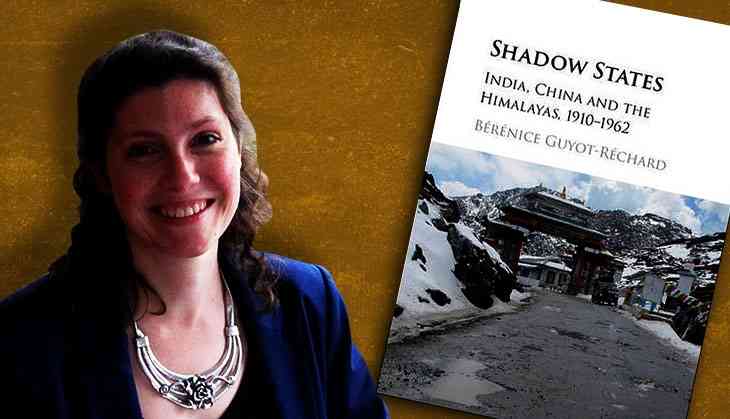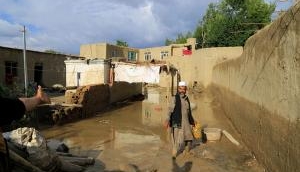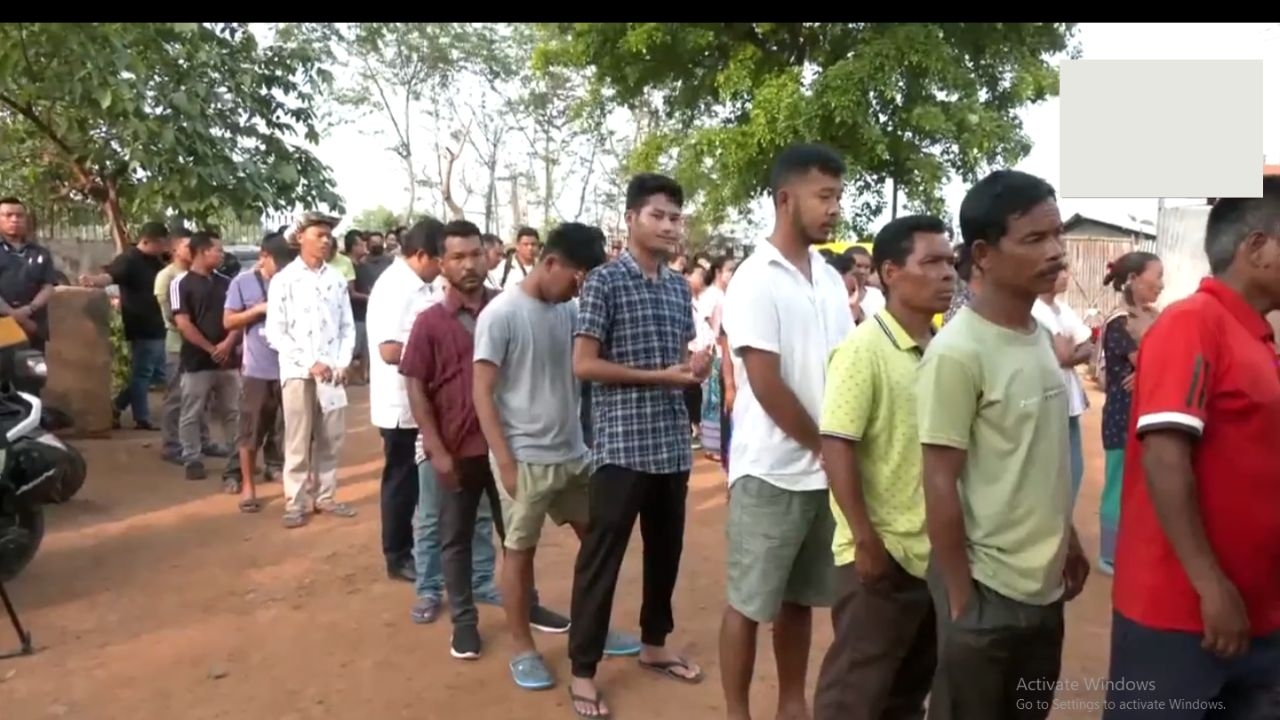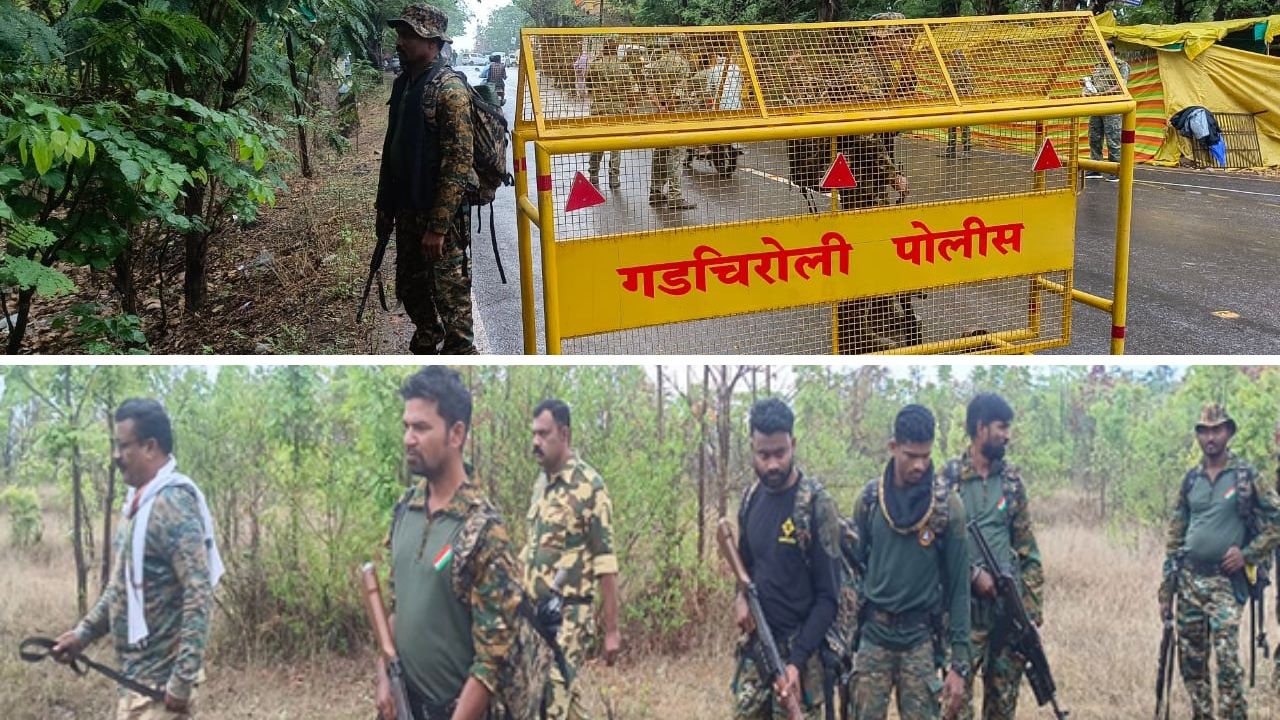Shadow States: tracing decades of Sino-Indian competition leading up to '62 war

Shadow States, a fascinating account of Sino-Indian competition in the eastern Himalayas from 1910 to 1962, has come out at a time when some say India is still trying to win the 1962 war.
The author, Berenice Guyot-Rechard, uses the term “shadow states” to describe the competition between India and China in the borderlands of the eastern Himalayas. The idea is based on the institution of a “shadow cabinet” in the Westminster system, where the Opposition appoints “shadow ministers” for every member of the ruling Cabinet. This allows it to critique every decision and policy of the ruling dispensation, and offer itself as an alternative to the public.
The author argues that China and India saw themselves as each other's “shadow states” in the Himalayas, playing a game of one-upmanship to win over the political affection of the local inhabitants, during the 1962 war and its aftermath.
She suggests that this ground-up approach leads to a better and more nuanced understanding of Sino-Indian relations at the time, than a focus only on high politics. Her analysis shows how the opinions of the local inhabitants of the contested border between the two countries played a role not only in firming their political allegiances, but also in trying to define the political boundaries of India and China in the post-colonial period of state formation.
War as performance
Through the constant evaluation of competitive policies of the two countries by the local inhabitants, Guyot-Rechard builds a fascinating story of how Sino-Indian competition in NEFA (North East Frontier Agency, now Arunachal Pradesh) and the opinion of the local inahabitants about the two competing states were shaped in the run up to 1962 and thereafter.
The author uses the term “War as Performance” to describe the 1962 military conflict – as a carefully planned display of what each state could offer to the local inhabitants concerning security and welfare.
In the context of the 1962 war, she asks: When China had occupied Indian territory in 1962, including Tawang and Bomdila, not just for weeks but in some cases months, why was it that the PLA (Peoples' Liberation Army) withdrew to largely pre-war positions after a unilateral ceasefire?
Why, during the occupation, did the PLA build new roads in the occupied areas, repair old ones and build a new bridge on the Tawang River as well as repair another one?
She suggests that the PLA had not just demonstrated its military superiority, but it had also sought to show that it could build roads in landslide prone areas (which Indian engineers found difficult to do), and without cost to the local inhabitants.
The actions of the PLA proved wrong the dire predictions of Indian administrators that Chinese soldiers would loot and pillage the locals. The PLA, in fact, paid the locals for the supplies they needed. They also did not use any forced labour and carried all their supplies themselves. The only property they confiscated belonged to the government, even eating up all government-owned livestock they could lay their hands on. However, they were extremely solicitous of the property of local inhabitants.
The author concludes: “War, then, was a performance, a demonstration meant for Indian leaders and public opinion, for international and domestic audiences. And last but not the least, for the people living on either side of the McMahon Line. The story it told was that of China's greater capacity and potential, and of India's potential weakness... For people on the Tibetan side of the border, China's wartime lesson was that India was not, and would never be, a viable alternative for them: how could it defend the Tibetans when it could not protect its own territory and abandoned its people?”
A Pyrrhic victory
However, China's was a Pyrrhic victory. Despite this seemingly sterling performance, it did not manage to win over the hearts and minds of the local inhabitants.
Guyot-Rechard records that when the Indian administrators returned to their abandoned posts, they were surprised to be welcomed by the locals. While the locals attested to the good behavior of the Chinese soldiers, they also told Indian officials to get on with addressing local demands of development, infrastructure, and welfare, and to give them a greater say in local administration.
Why did the locals show a marked preference for an 'inept' Indian administration which had abandoned them during the occupation? They could have chosen a stronger and efficient China, which had demonstrated in just two months that it could deliver on infrastructure and welfare much more efficiently. What sense did it make for the local inhabitants to prefer a fragile and imperfect state?
Because such a state, the author argues, with all its tensions and vulnerabilities, had to rely on the local population and engage with it. It gave them room to negotiate, criticise and make demands on the state. With China, patronage would follow from how much leniency the state chose to exercise towards the region and its people, and not on the state's need to negotiate with its citizens. India, on the other hand, gave the locals agency in framing state policy in a way that China did not.
Far from over
The final point the author makes in the book is that competitive state shadowing may be far from over in the eastern Himalayas. She argues that the friction of co-existence between China and India has not disappeared, and is still evolving.
The author's conceptual framework cannot apply to Sino-Indian competition over Bhutan or Nepal, where strong independent third states have already evolved. Yet its release at a time when Chinese and Indian soldiers stand eyeball-to-eyeball in Doklam, an area disputed between Bhutan and China but which Indian experts claim is important to India's strategic interests, gives it a contemporary salience.
It is quite possible that the current Chinese build up in Doklam is, in some ways, a public performance aimed at diminishing India as a military ally in the eyes of India's neighbours.
Shadow States. India, China and the Himalayas, 1910-1962. Berenice Guyot-Rechard. Cambridge University Press. 2017. Pp.321.
First published: 28 July 2017, 23:04 IST






![BJP's Kapil Mishra recreates Shankar Mahadevan’s ‘Breathless’ song to highlight Delhi pollution [WATCH] BJP's Kapil Mishra recreates Shankar Mahadevan’s ‘Breathless’ song to highlight Delhi pollution [WATCH]](http://images.catchnews.com/upload/2022/11/03/kapil-mishra_240884_300x172.png)

![Anupam Kher shares pictures of his toned body on 67th birthday [MUST SEE] Anupam Kher shares pictures of his toned body on 67th birthday [MUST SEE]](http://images.catchnews.com/upload/2022/03/07/Anupam_kher_231145_300x172.jpg)






